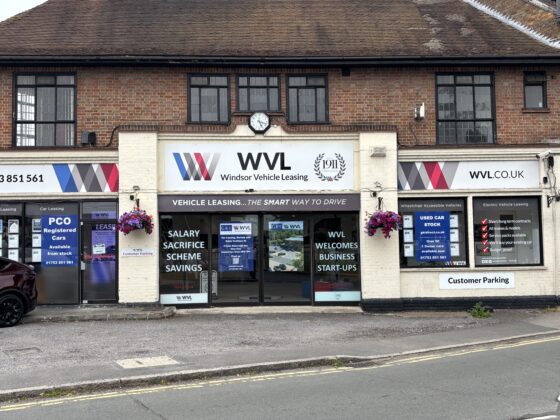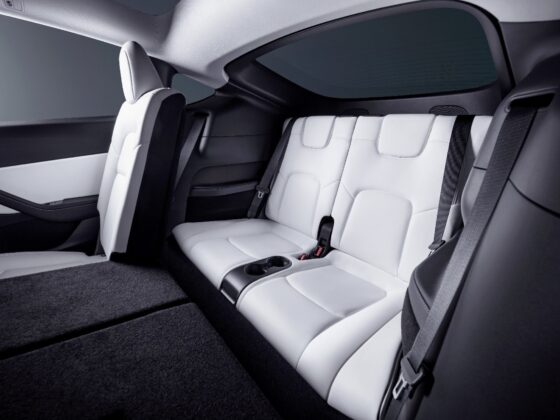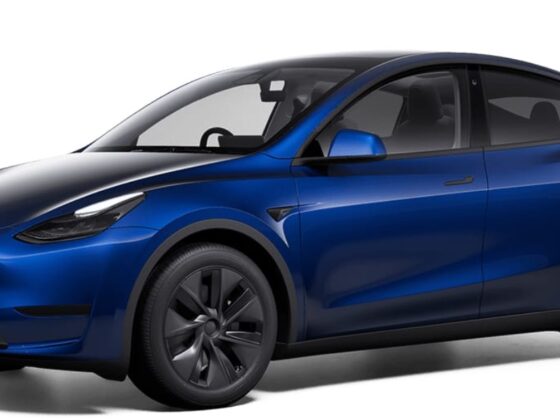
What Does Current Vehicle Availability Look Like?
What Does Current Vehicle Availability Look Like? https://wvl.co.uk/wp-content/uploads/What-Does-Current-Vehicle-Availability-Look-Like.jpg 1000 600 Anthony https://secure.gravatar.com/avatar/0ce9a76712b2ebb44190c51857fae37600a61d6fe57138c94dce31a727aa27ec?s=96&d=mm&r=gIn what is the most challenging car market we’ve ever seen, vehicle lead times are longer than ever.
Here we investigate why, and what you can do about it – starting by answering the question we get asked more than any other right now…
 “The biggest impact has undoubtedly been the global semiconductor issue,” says Ryan. “A lot of manufacturers are struggling to get hold of semiconductors needed in vehicle production, which has created a stark car microchip shortage. Some manufacturers are being hit harder than others. For example, Land Rover were one of the first to notify people of extended 9-12 month lead times.
“We’re also finding that some manufacturers forecast that wait time, but the automotive semiconductor shortage means they aren’t always able to produce that car. Sometimes they’re cancelling entire models outright. As a result we can’t guarantee 100% that if you order a particular vehicle, that at the end of the forecasted wait time you’ll have that vehicle available.”
“The biggest impact has undoubtedly been the global semiconductor issue,” says Ryan. “A lot of manufacturers are struggling to get hold of semiconductors needed in vehicle production, which has created a stark car microchip shortage. Some manufacturers are being hit harder than others. For example, Land Rover were one of the first to notify people of extended 9-12 month lead times.
“We’re also finding that some manufacturers forecast that wait time, but the automotive semiconductor shortage means they aren’t always able to produce that car. Sometimes they’re cancelling entire models outright. As a result we can’t guarantee 100% that if you order a particular vehicle, that at the end of the forecasted wait time you’ll have that vehicle available.”

“Why am I waiting so long for my new car?”
“In the world before Covid new car wait times averaged around 8-10 weeks,” says WVL account manager Ryan Davies. “Now the average wait for an available car is around nine months. For some manufacturers that’s even longer at around 12 months. Obviously, that carries problems for fleets in terms of how they plan their renewals. “As a result, we’ve started to do things differently. We used to contact customers and fleet managers around three months before their leases ended to offer them options. Now we’re doing so much, much earlier.” But what has led to this situation? Asked to explain, Ryan outlines three reasons anyone Googling ‘available car near me’ will struggle to find one anywhere at short notice.A knock-on effect from Covid
“The first reason you’re unlikely to find a vehicle available is that we’re still seeing a knock-on effect from 2020 and 2021,” says Ryan. “During the first lockdowns there were postponements on vehicle deliveries and a lot of the factories closed for a couple of months. Production really slowed up. At the time that wasn’t felt so much because there were still stock reserves. But once everything opened back up and that stock got soaked up, it caused a bit of a backlog. It’s taken a while to really feel the long-term effects of that. The effects of the big car shortage in 2021 are still being felt here in 2022.”The car chip shortage
 “The biggest impact has undoubtedly been the global semiconductor issue,” says Ryan. “A lot of manufacturers are struggling to get hold of semiconductors needed in vehicle production, which has created a stark car microchip shortage. Some manufacturers are being hit harder than others. For example, Land Rover were one of the first to notify people of extended 9-12 month lead times.
“We’re also finding that some manufacturers forecast that wait time, but the automotive semiconductor shortage means they aren’t always able to produce that car. Sometimes they’re cancelling entire models outright. As a result we can’t guarantee 100% that if you order a particular vehicle, that at the end of the forecasted wait time you’ll have that vehicle available.”
“The biggest impact has undoubtedly been the global semiconductor issue,” says Ryan. “A lot of manufacturers are struggling to get hold of semiconductors needed in vehicle production, which has created a stark car microchip shortage. Some manufacturers are being hit harder than others. For example, Land Rover were one of the first to notify people of extended 9-12 month lead times.
“We’re also finding that some manufacturers forecast that wait time, but the automotive semiconductor shortage means they aren’t always able to produce that car. Sometimes they’re cancelling entire models outright. As a result we can’t guarantee 100% that if you order a particular vehicle, that at the end of the forecasted wait time you’ll have that vehicle available.”
The conflict in eastern Europe
Ukraine has around 17 factories that create wire harnesses (essentially a vehicle’s central nervous system) for the automotive industry. The country also produces a number of raw materials used in chip manufacture. On top of that, the move away from Russian factories has also had an impact on vehicle availability in some areas. “Because of the state the market was already in with Covid and the automotive chip shortage, I think the Ukraine effect has been less publicised,” says Ryan. “It certainly didn’t help things, and certain manufacturers having specific parts produced in Ukraine caused further problems. However, by that point lead times were already at 9-12 months. So in some instances, the conflict in eastern Europe means those waits might be nearer nine months than twelve.”Working with you to source an available vehicle

We really cannot overstate the challenges of finding a vehicle available to lease at short notice in the current climate.
However, you do have options. Here at WVL, we’re taking every measure we can to get ahead of availability issues and keep our customers on the road.
“These days pre-planning is everything,” insists Ryan. “The old mindset of dealing with contract renewals a few months in advance has gone out the window; there’s now no time too early to look at leasing contracts.
“The industry average for leases is around three years, so if you’re in or coming towards the last third of that – and certainly the last nine months – we’d definitely advise you to get in touch. We’re quite flexible in that we can offer short-term extensions to current lease contracts. So if it happens that you hit the end of your contract and your expected new vehicle isn’t available, we can informally extend your lease to bridge the gap. Alternatively, we can investigate meeting your need temporarily with our flexible Open Lease option – providing an available car can be sourced.
“In an ideal world we’d be able to source everyone the vehicle they want, when they want it,” reflects Ryan. “But between the car shortage of 2021 rolling into this year, the car chip shortage, and the extra pressure put on factories by the Ukraine situation, our focus is on working ahead, finding creative solutions, and doing everything we can to keep you mobile.”




